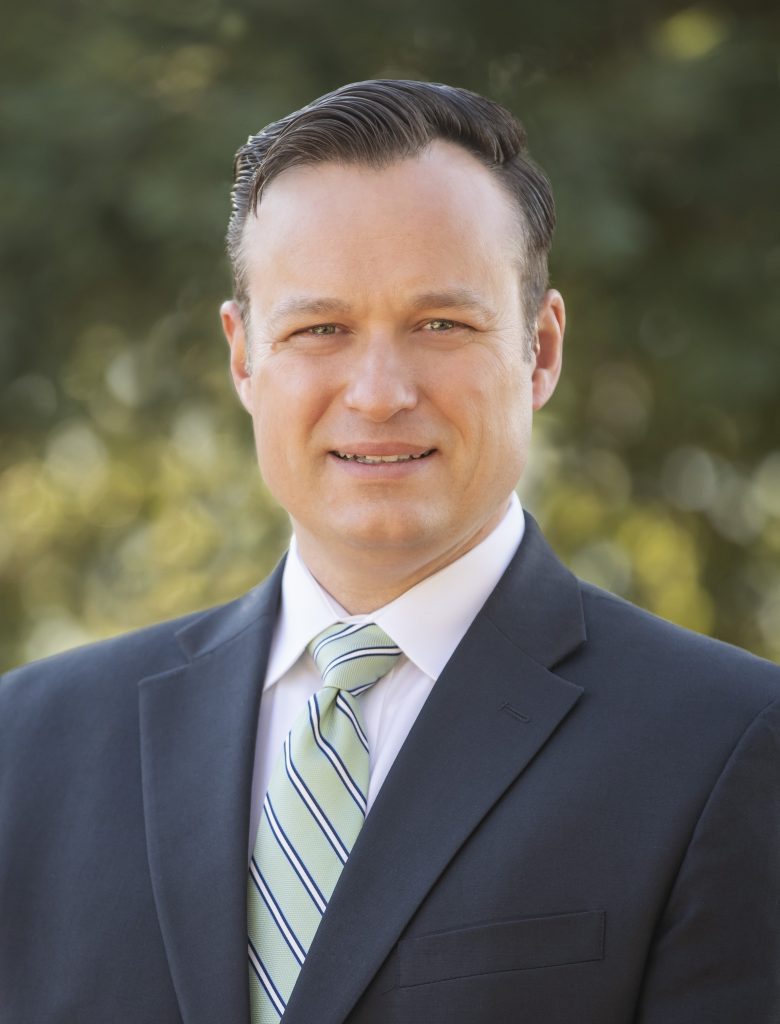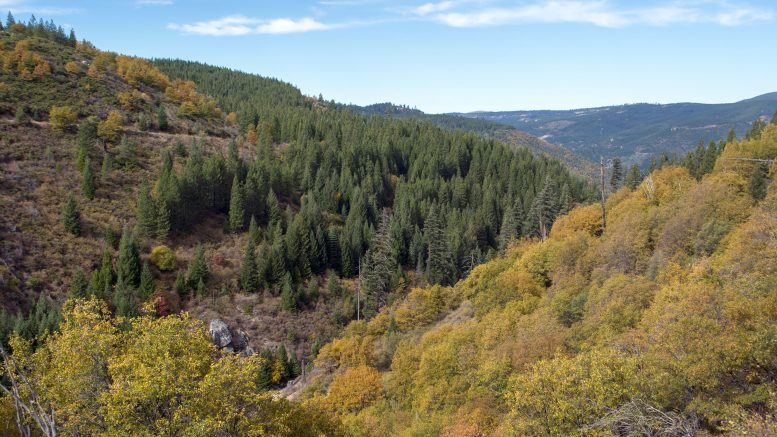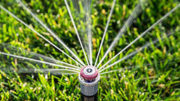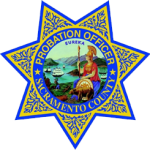We don’t always treat water like the life-sustaining resource it is. Instead, we take it for granted: With the turn of a tap, it’s at our fingertips to drink, grow our food and keep our communities clean. But according to the U.S. Bureau of Reclamation, it’s time for changes if we want that to continue. Their recently released American River Basin study highlights the growing imbalance between water supply and consumer demand. With the stresses of population growth, regulatory updates, and the effects of climate change, this disparity will only get worse without new strategies and approaches to keep water flowing.
“Without adaptation strategies, we project an increase in supply-demand imbalances across all users within the Basin and by the end of the 21st century,” says Dr. Ian Ferguson, hydrologic engineer with the U.S. Bureau of Reclamation. “For the valley floor portion of the Basin—the areas below Folsom Dam—we’re projecting roughly 10,000 to 30,000 acre-feet per year increase in supply-demand imbalance compared to the baseline condition. And in the Foothills region, under the future scenarios, we’re projecting an 80,000 to 120,000 acre-foot increase in supply-demand imbalance by the end of the century.”
For reference, a single acre-foot of water is 326,000 gallons.
The American River Basin study
The study, which ran from 2017 to 2022, was a collaboration between the U.S. Bureau of Reclamation and several local partners, including:
• Placer County Water Agency
• El Dorado County Water Agency
• The Regional Water Agency
• The cities of Folsom, Roseville and Sacramento
The California Department of Water Resources, UC Davis, the Sacramento Water Forum , Sacramento Municipal Utility District, El Dorado Irrigation District, and the Sacramento Area Flood Control Agency also contributed.
The study looked at conditions over 3,600 square miles in central California from the Valley, up the Sierra Foothills to the Sierra Nevada Mountains, including Folsom Dam and Reservoir, Nimbus Dam, and Folsom South Canal. Currently, municipal users in the American River Basin go through 516,000 acre-feet of water each year, and an additional 719,000 acre-feet are used for agricultural purposes.
“Frankly we owe it our children and their future to ensure that we have enough reliable water to serve a growing region.”
Andy Fecko, general manager
Placer County Water Agency
The role of climate change
According to Dr. Ferguson, a vital portion of the study was evaluating the effects of future climate change and the water supply uncertainty due to extremes in both droughts and flooding conditions.
“Projections unanimously project an increase in temperatures over the 21st Century. Under the Basin study scenarios, the annual mean temperature over the study area is projected to increase between 4 degrees and 7 degrees Fahrenheit by the end of the century,” he explains. “Projected changes in precipitation exhibit greater uncertainty. … Our warmer, wetter climate scenarios show an increase of about 17% in annual mean precipitation by end of century. And our hotter, drier scenarios show a decrease of about 10% by the end of the century.”
Climate change also impacts snow runoff, a significant water source for the Basin. Warmer weather results in precipitation falling as rain rather than being banked as snowpack. Compounding the problem, the same warmer temperatures also melt snow earlier in fall and winter rather than in the spring and summer months when it’s more sorely needed. Those dry conditions increase fire risks.
In addition to a shrinking snowpack and decreased runoff, the study found additional vulnerabilities, including Folsom Reservoir’s limited ability to store water and control flooding, the Foothill’s limited groundwater supplies, an over-reliance on the American River, high urban flood risks, and impacts on endangered species in the Basin.
“The study confirms the need for Roseville to continue our efforts to develop and diversify our local water supplies and modernize our water delivery infrastructure, particularly to address our reliance on a single intake point at Folsom Reservoir,” says Sean Bigley, assistant director in the city’s Environmental Utilities. “Although we have adequate and reliable water supplies today, we need to plan and take action to ensure we can continue to have a reliable water supply for our residents and businesses and maintain a high quality of life and a thriving economy.”
Diversifying where our water comes from
To address these issues, the study team developed several adaptation approaches to help prepare for changing future conditions, including:
- High elevation off-stream storage and releases to make up for reduced snowpack and earlier runoff
- Groundwater banking to reduce reliance on surface water from rivers and Folsom Reservoir
- Raising Folsom Dam and implementing forecast-informed reservoir operations to allow for more water storage, recharging of local aquifers, and groundwater banking
- Modifying flow management standards for the Lower American River to reduce the effects of climate change on ecosystems and fisheries
Roseville’s adaptation strategies
Roseville has put in place several key strategies to help reduce the impacts of changes in weather. These include groundwater wells, known as Aquifer Story and Recovery wells, that are built throughout the city and can pump available water underground, then draw it out when additional water is needed.

Roseville is also working with Placer County Water Agency on infrastructure projects that will allow millions of gallons of water to be piped to the city every day without depending on plumbing from the Folsom Reservoir. The city is also partnering with the City of Folsom and the San Juan Water District to study the possibility of an alternative intake at the Folsom Reservoir, making water supplies from the reservoir more reliable in dry years. “I think it’s no surprise to anyone living in the Sacramento region or in Northern California that the last decade has been a glimpse into our future. … We owe it to all the residents in the Sacramento region, we owe it to the ecosystem of the Upper and Lower American River watersheds, and frankly we owe it our children and their future to ensure that we have enough reliable water to serve a growing region,” says Andy Fecko, general manager of the PCWA. “We are committed to working with our state and federal partners, and this is really going to be a group effort. These are expensive, long-duration projects that we must undertake in this region to ensure water supply reliability.”
For more information about the American River Basin study, visit www.usbr.gov/newsroom/news-release/4312.






























